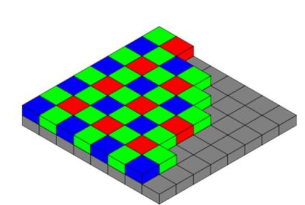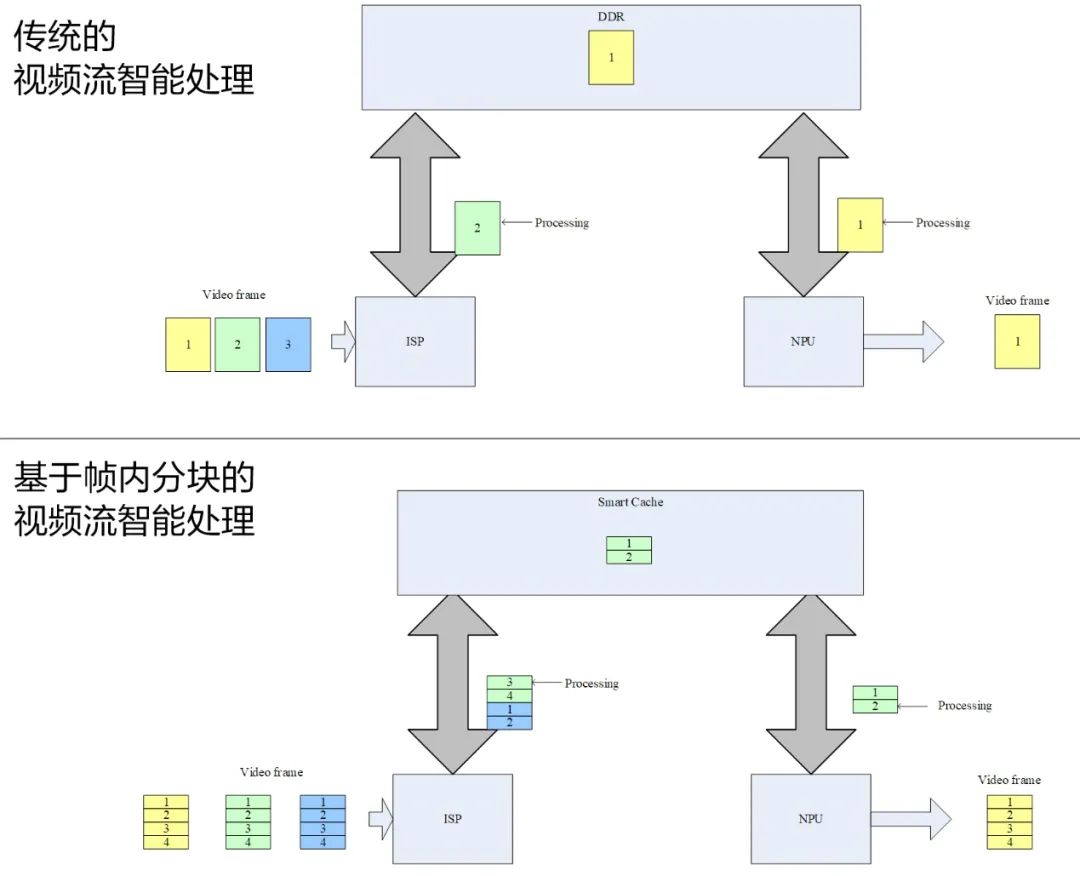01
Partnering with RYYB CFA
Enabling Stronger Night Photography and Color Restoration
In the digital imaging era, image sensors have become the light-sensitive materials replacing film, allowing thin devices like smartphones to achieve extraordinary image quality.Image sensors are often mentioned alongside color, but in fact, image sensors are “color blind”; the photos taken are black and white and require the assistance of a color filter array (CFA) to obtain color information.

-
First, unlike film cameras that form images physically, digital cameras require multiple algorithms to support the direct output of images, deeply processing the information obtained from Sencor and filters. The three most important modules in this process are the Demosaic interpolation algorithm, automatic white balance, and color correction.
-
Demosaic Interpolation Algorithm: Under the RGB Bayer Pattern, each pixel can only capture information from one color channel, while the other two color information is missing. This information needs to be calculated using interpolation algorithms, utilizing adjacent pixels’ color information to compute the missing two color information, so that each pixel has complete color information. This “de-mosaicing” process is called the Demosaic interpolation algorithm and is one of the most important modules in the entire ISP pathway.
-
Automatic White Balance (AWB): Due to color temperature effects, white appears differently under different color temperatures, appearing yellowish at low temperatures and bluish at high temperatures. The function of white balance is to ensure that the RGB ratio of white objects remains 1:1:1 under any color temperature, presenting a white appearance. Common AWB algorithms include gray world and perfect reflection methods.

02
Data and Information Direct Access
Achieving Pixel-Level Processing of Real-Time Video

03
Efficient Joint Computing Optimization
Better Performance and Energy Efficiency Gains
Scan the QR code to follow Huawei Kirin

 Give a thumbs up for the clever little Kirin
Give a thumbs up for the clever little Kirin